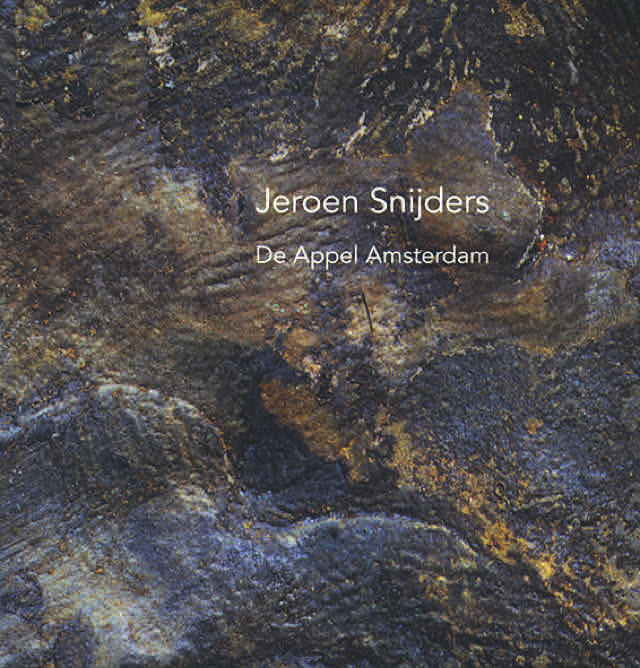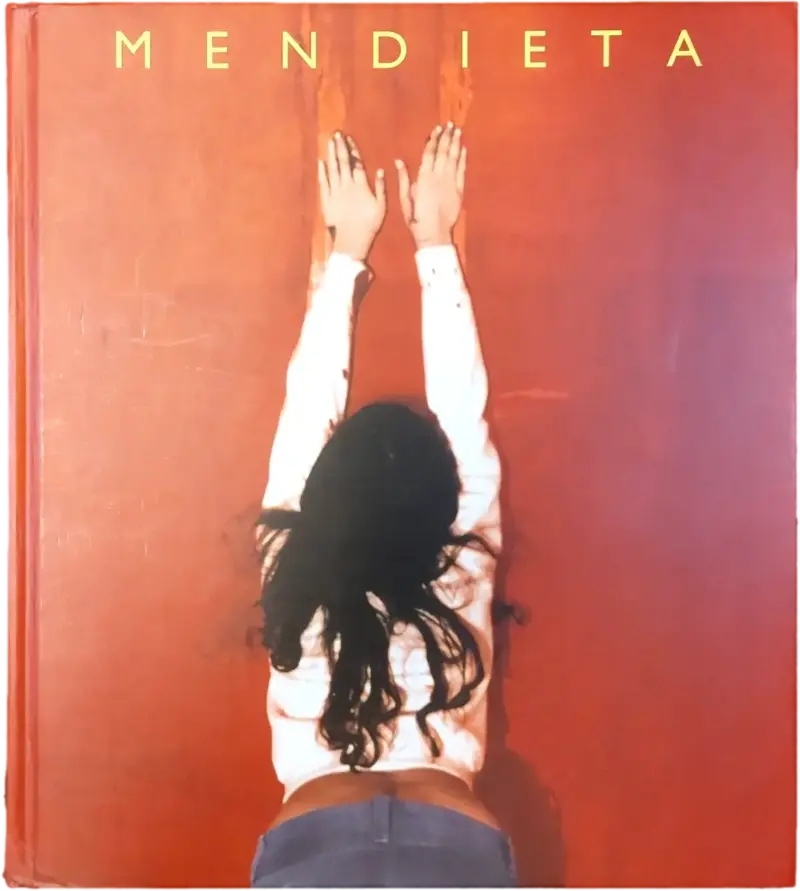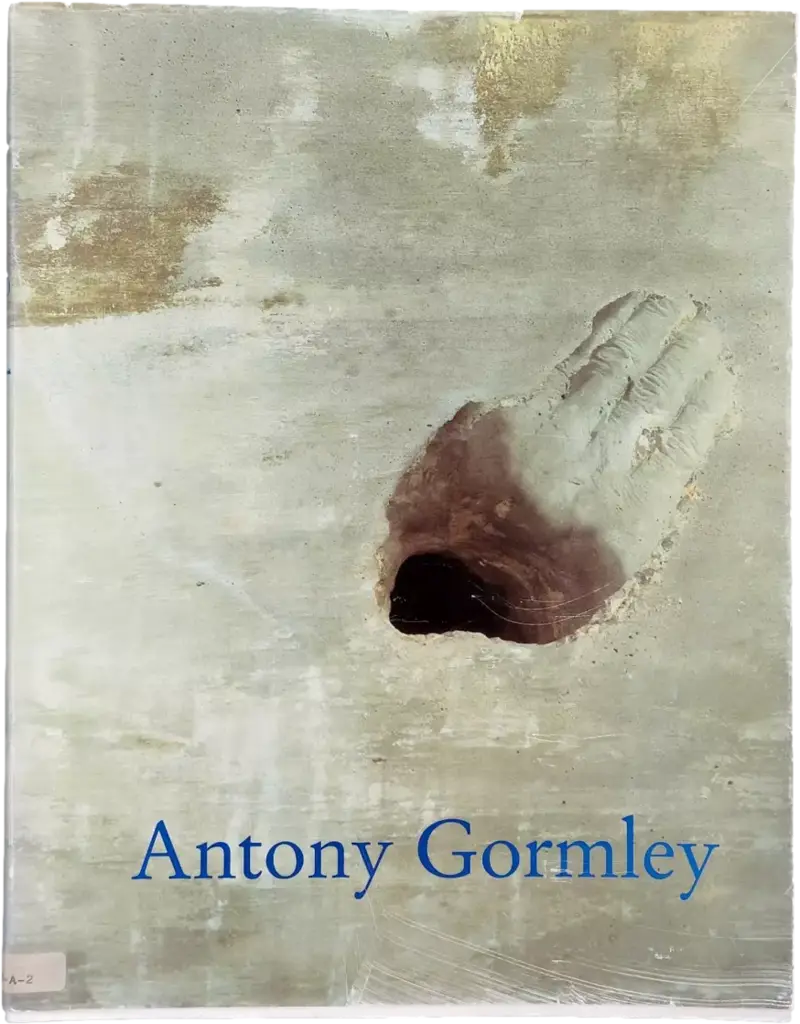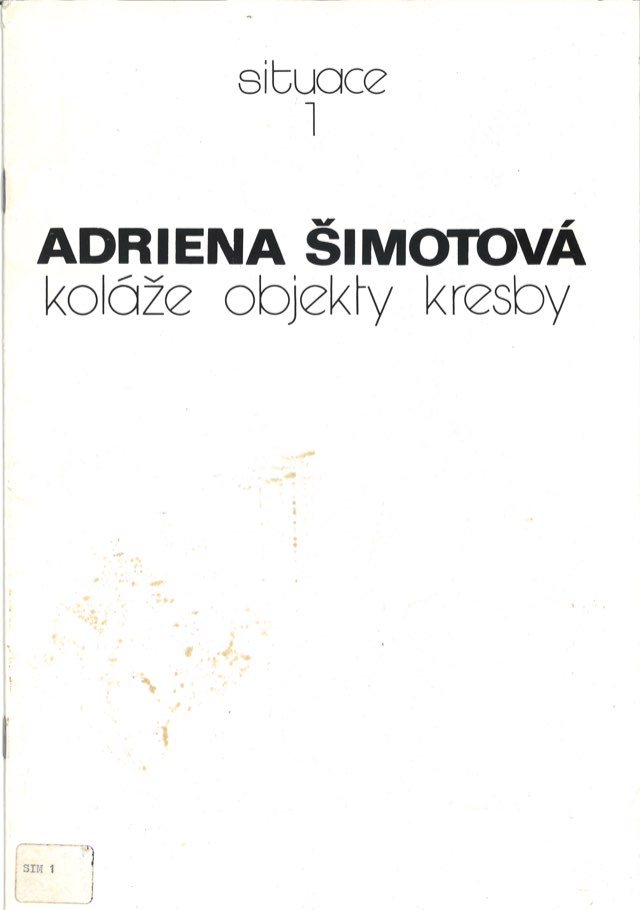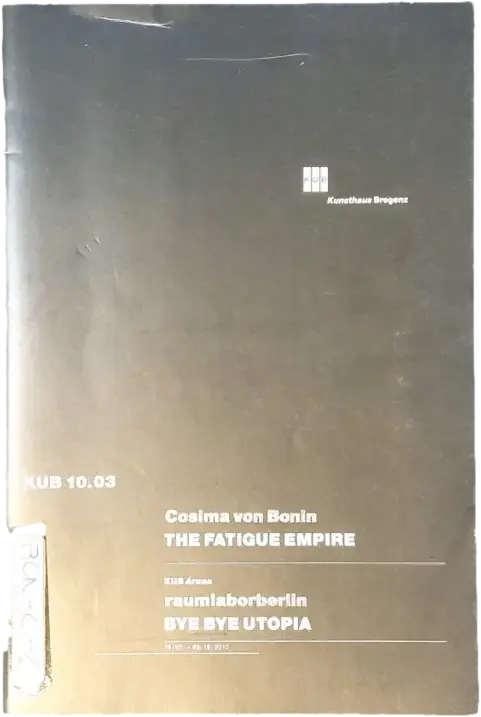Jeroen Snijders "Jeroen Snijders"
15.08–13.09.1992
de Appel, Prinseneiland 7, Amsterdam
de Appel, Prinseneiland 7, Amsterdam
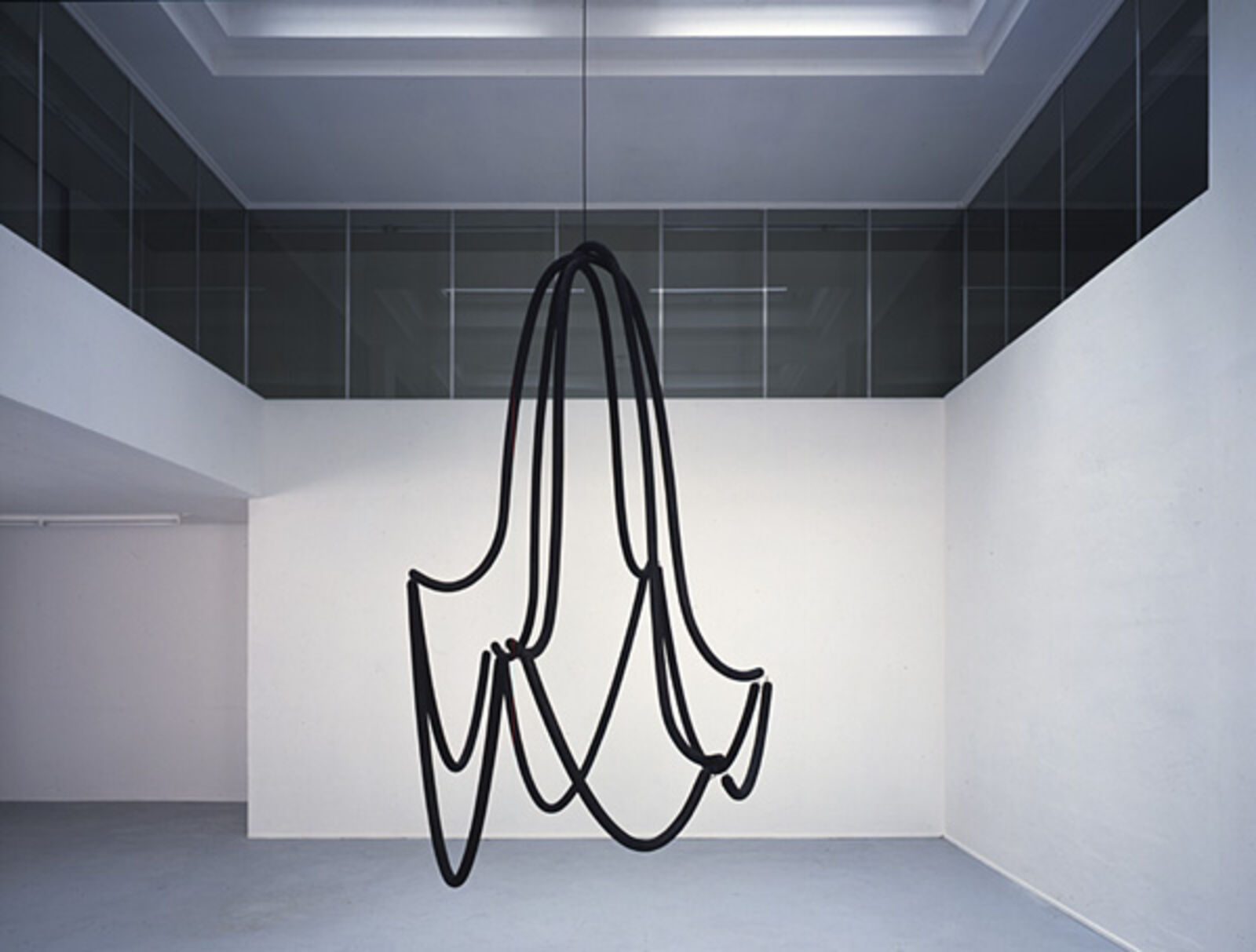
Kroonluchter 91, 1991
© Cary Markerink, Amsterdam
© Cary Markerink, Amsterdam
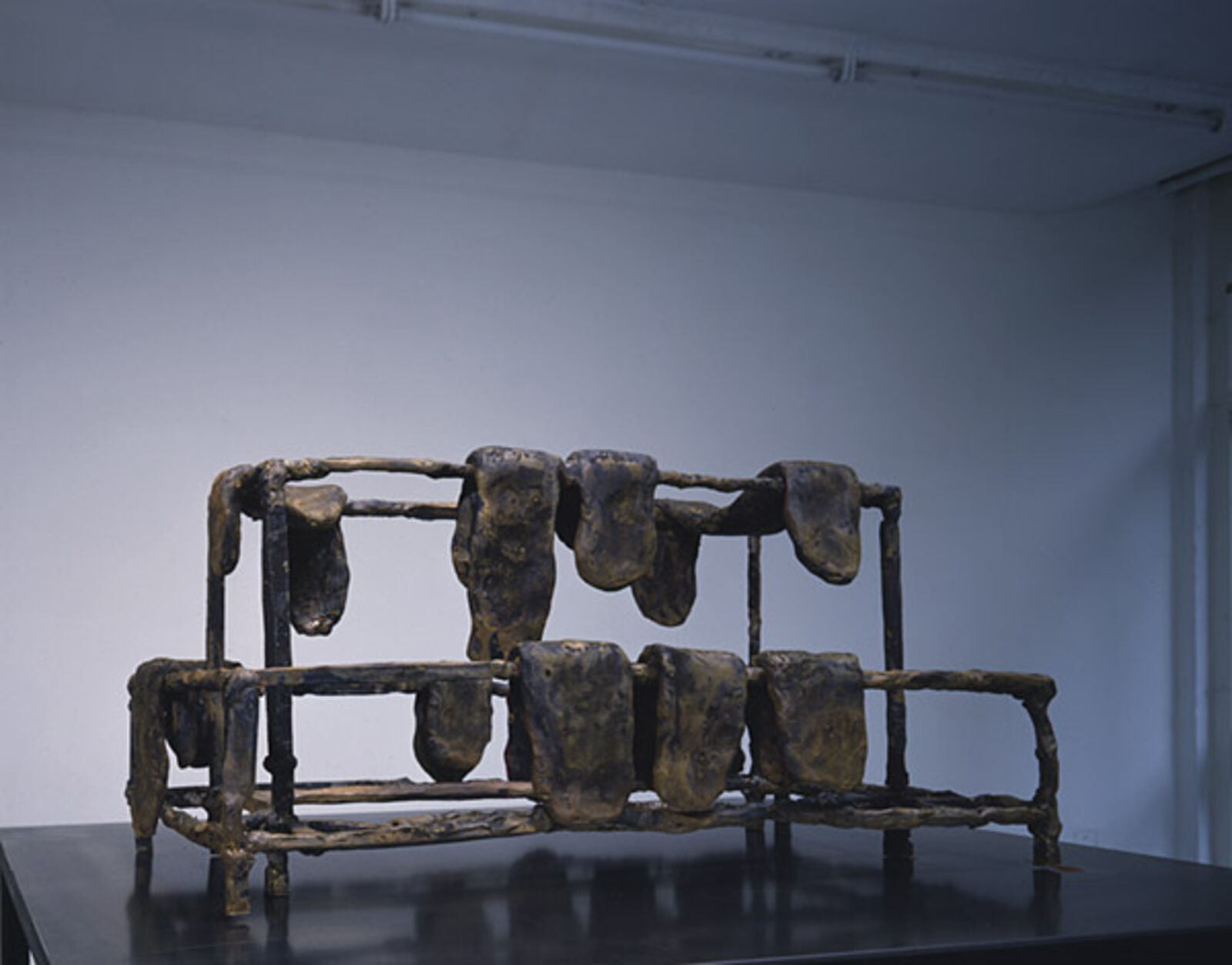
Zonder titel, 1989
© Cary Markerink, Amsterdam
© Cary Markerink, Amsterdam
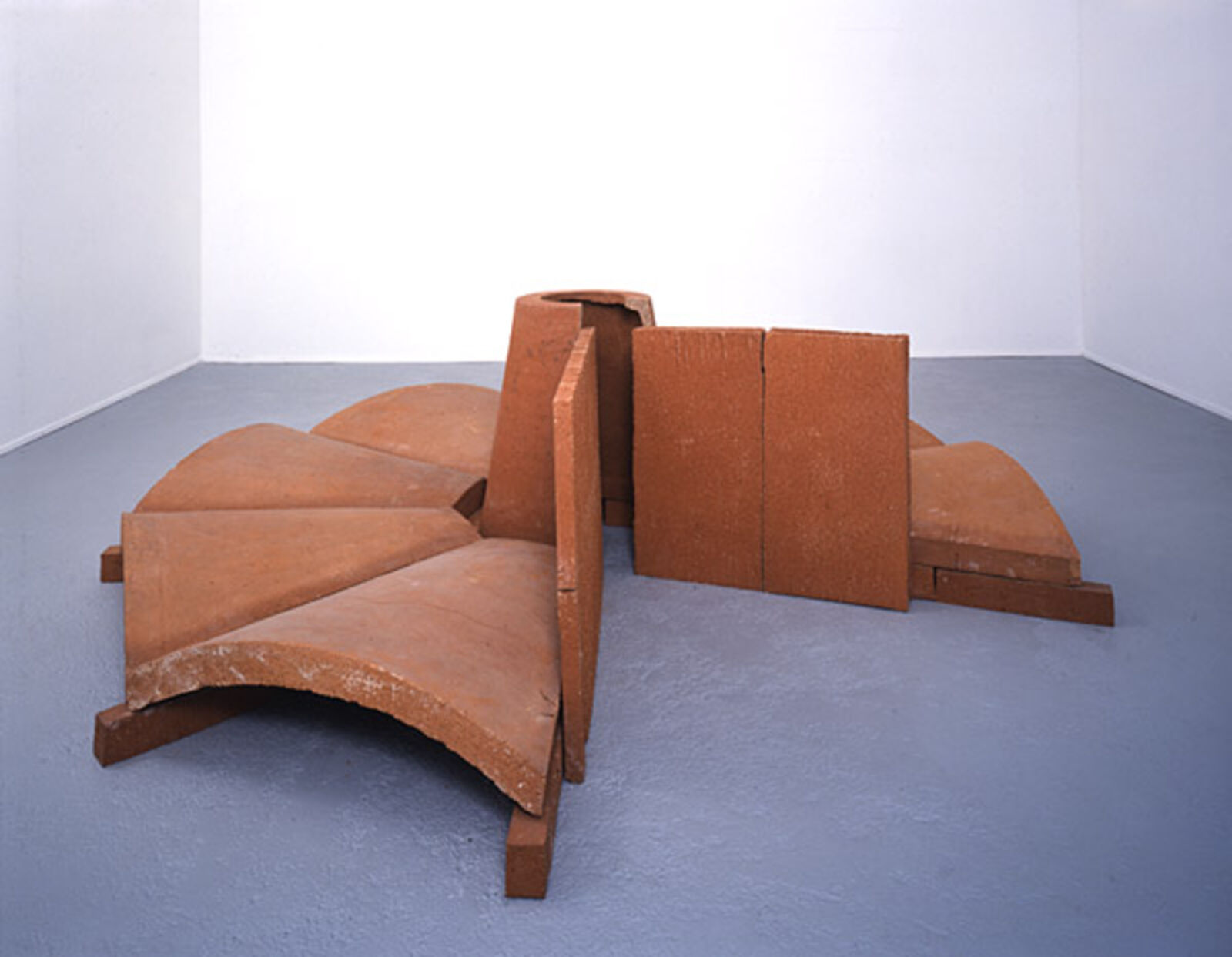
Untitled, 1989
© Cary Markerink, Amsterdam
© Cary Markerink, Amsterdam
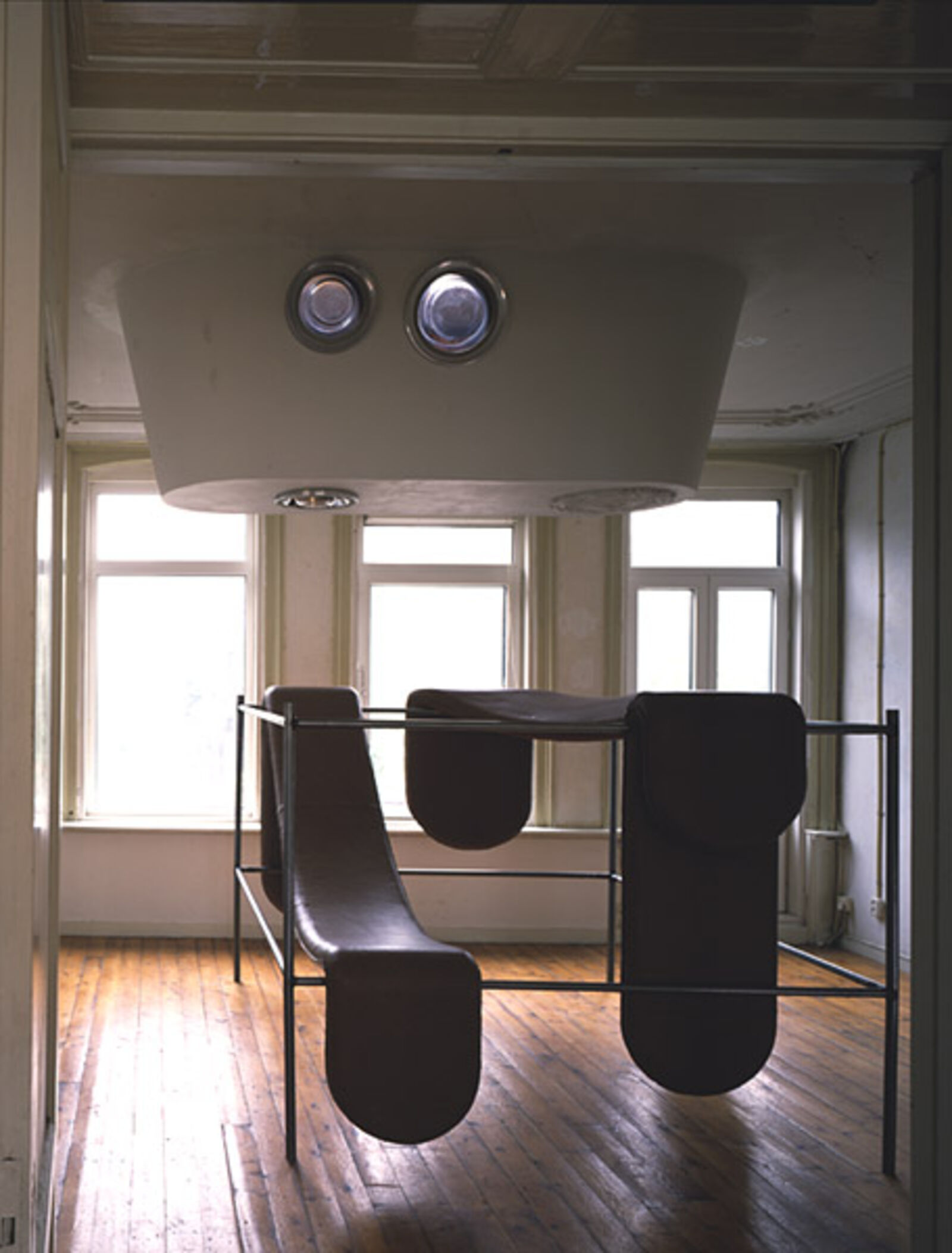
De box, 1992
© Cary Markerink, Amsterdam
© Cary Markerink, Amsterdam
‘Can a sculpture that consists of loose and formless lumps still be referred to as a construction? Can these 'non-forms' be piled up or positioned in such a way that the term structure is applicable? Does laxity have the capacity to evoke tension? It is questions of this nature that appear to underlie the visual research of Jeroen Snijders. It is evident from his new objects that he has worked with clay for a time: in contrast to his earlier wooden bowls and columns (displayed at Sonsbeek '86), which have a clearly geometrical basis, the images of the past three years or so are less severe, more formless. 'More frivolous, sometimes mildly obscene' is how he describes his new sculptures, which have great physical presence. Obviously, there is more than one reason for an artist entering a new phase; in Snijders' case, the presentation of the Venetian bronze lion at the Royal Palace in Amsterdam was a source of inspiration, if a fairly unexpected one. The physical aura of the sculpture, with its flamboyant tail at eye level, gave Snijders new ideas and gave rise to his statement that 'the tail conquers space'. Tails, tongues and other parts of the body wavering on the border between tension and relaxation became the basis for a series of underlying presence - or they are transformed so completely that they become an alibi for addressing a sculptural problem. For whoever sees 'whatnot' or 'droogrek' (clothes-horse) is confronted with the rendering of an artistic problem and the tongues - recognisable as such only on closer inspection - are means rather than ends. And yet the earlier vases and bowls have one element in common with the hanging sculptures: the attempt to give form to what Snijders - who makes no apology for the clichéd overtone - describes as 'infinite desire'.’ (Invitation text by Saskia Bos)
Catalogue:
Jeroen Snijders, 1993. Text: Edna van Duyn. Dutch & English. Bio- & bibliography included. 52 Pages: 5 f.c., 6 b.w., 20 x 21 cm. Softcover. Design: Irma Boom. ISBN 90 73501 16 4. SOLD OUT
See also
